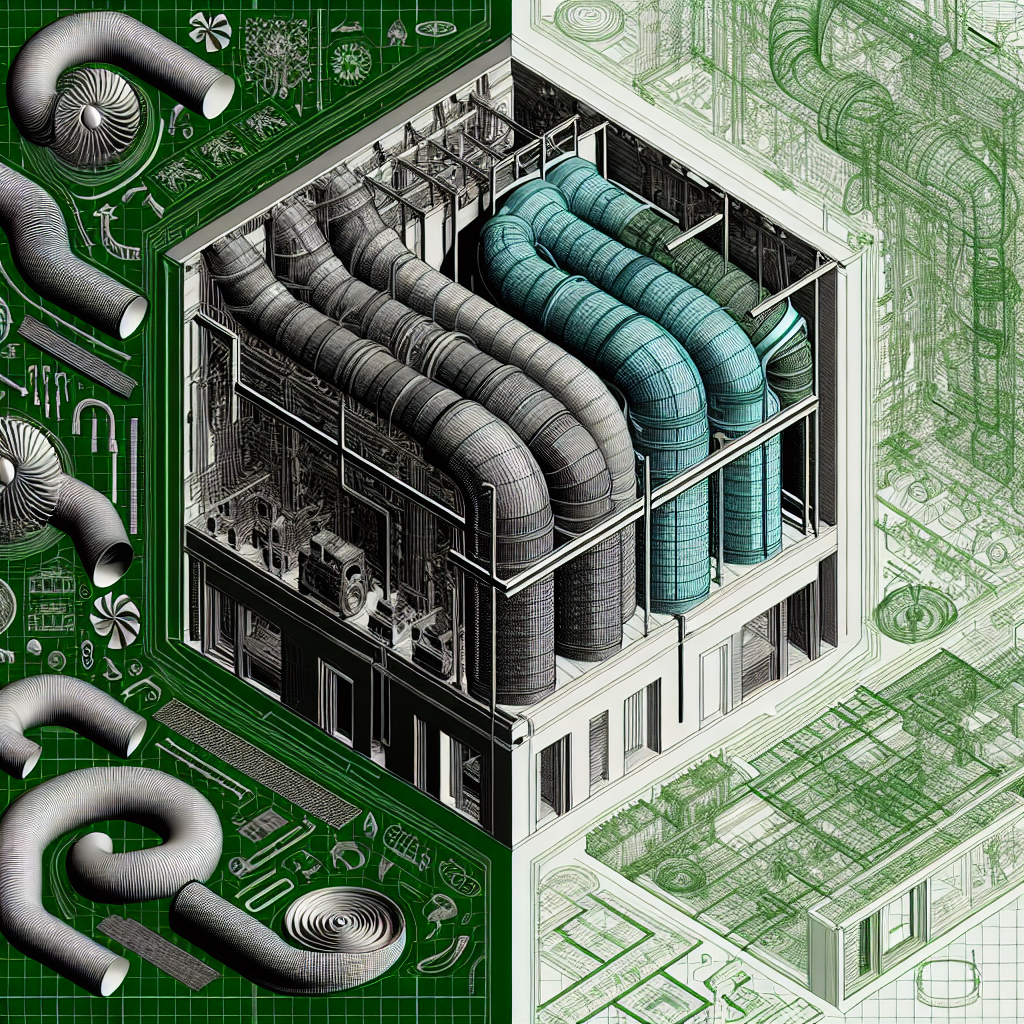When designing a building, one of the most important considerations is ventilation. Proper ventilation not only ensures a comfortable and healthy indoor environment, but it also plays a key role in energy efficiency. By carefully designing the ventilation system, it is possible to reduce energy consumption and lower utility costs.
There are several key considerations to keep in mind when designing a ventilation system for energy efficiency. One of the most important factors is the selection of the ventilation system itself. There are several different types of ventilation systems available, including natural ventilation, mechanical ventilation, and hybrid systems. Each system has its own advantages and disadvantages in terms of energy efficiency. For example, natural ventilation relies on passive methods such as windows and vents to bring in fresh air, while mechanical ventilation uses fans and ductwork to control airflow. Hybrid systems combine elements of both natural and mechanical ventilation to maximize energy efficiency.
Another important consideration is the layout and design of the building itself. The placement of windows, doors, and vents can have a significant impact on the effectiveness of the ventilation system. For example, strategically placing windows to take advantage of prevailing winds can help to naturally cool the building and reduce the need for mechanical ventilation. Additionally, designing the building with a central atrium or open floor plan can promote air circulation and improve ventilation efficiency.
In addition to the layout of the building, the selection of materials and insulation also plays a role in energy efficiency. Insulating materials help to regulate temperature and can reduce the need for mechanical heating and cooling. Additionally, using energy-efficient windows and doors can help to minimize heat loss and improve overall ventilation efficiency.
Proper maintenance and regular servicing of the ventilation system are also key considerations for energy efficiency. A well-maintained system will operate more efficiently and consume less energy. Regularly cleaning filters, checking for leaks, and adjusting airflow settings can all help to ensure optimal performance and reduce energy consumption.
In conclusion, ventilation design considerations are crucial for energy efficiency in building design. By carefully selecting the right ventilation system, optimizing the layout of the building, and using energy-efficient materials, it is possible to create a comfortable and healthy indoor environment while minimizing energy consumption and reducing utility costs. By prioritizing energy efficiency in ventilation design, building owners can not only save money but also contribute to a more sustainable future.


Leave a Reply